And you said you weren’t good with plants!
Before it gets too hot, take a little walk around your backyard and see how good you are! There’s a spring plant party going on there right now. You might be surprised by what you will find.
Like this pretty little party flower, for example. This is Lesser celandine, Ficaria verna, also known as the Fig Buttercup or Pilewort. Isn’t it pretty?
Pretty aggressive! According to an article by Caitlin Reinartz on UrbanEcology.org, “In Cleveland, Ohio, lesser celandine was planted in flower beds of (just) two residences in the 1970s. It escaped the confines of those two yards, and less than 40 years later, it had taken over nearly 300 acres of parkland along the Rocky River, with 183 of those acres having lesser celandine cover of more than 50% (that means that lesser celandine covered more than half of the ground, leaving little room for native vegetation).”

Poison Ivy:
Leaves of three, leave it be
We (being your publisher, Dan) know this rule, and “we” still get burned every spring by this noxious plant in our yard.
Yet, for all its warts, poison ivy, or Toxicodendron radicans, “is a native plant with an important place in the ecology of our natural areas,” according to the Virginia Native Plant Society’s website.
Though the vines can harm people, songbirds rely on it as a winter food source. Other animals eat the berries, leaves and twigs, too. Bees like the flowers, and the vines are sheltering.
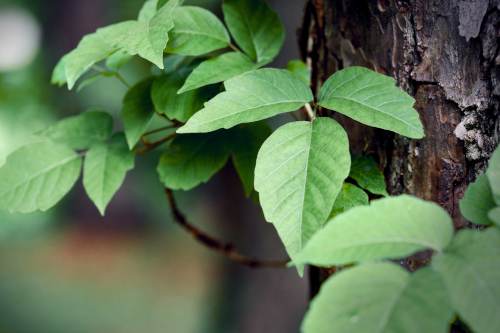
And those sturdy vines do not hurt our trees the way non-native invasive vines do, the society says.
“In a natural setting, the vine does not get too heavy for the tree, or shade out the sun, or injure the bark,” according to the website.
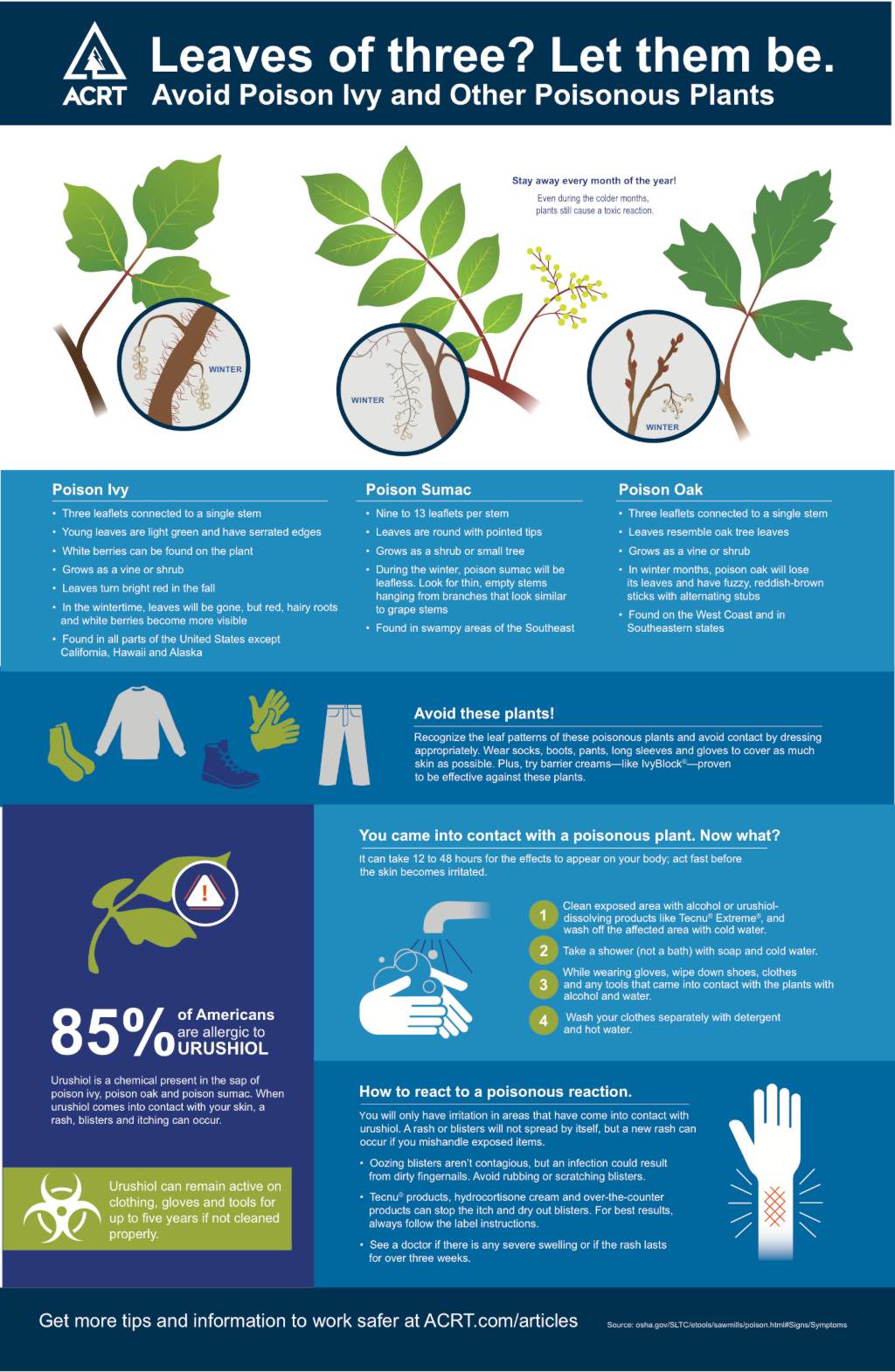
Infographic courtesy of ACRT.COM
Virginia Creeper:
Leaves of five, let it thrive
From Lady Bird Johnson’s Wildflower.org in Texas:
A woody, deciduous vine, Virginia Creeper can be high-climbing or trailing, 3-40 ft.; the structure on which it climbs is the limiting factor.
Virginia Creeper climbs by means of tendrils with disks that fasten onto bark or rock (*and definitely siding). Its leaves, with 5 leaflets, occasionally 3 or 7, radiating from the tip of the petiole, coarsely toothed, with a pointed tip, and tapered to the base, up to 6 inches long.
Leaves provide early fall color, turning brilliant mauve, red and purple. Inconspicuous flowers small, greenish, in clusters, appearing in spring. Fruit bluish, about 1/4 inch in diameter.
*Publisher’s comments:
We planted this at the south end of our front porch a few years ago, and it was beautiful.
We pulled it all down this spring when it started growing through our eaves and siding and into our attic. The Great Virginia Creeper Plant Wall of Seaboard has been replaced with artificial plants. 🙂
Roses are red, violets are blue
The shady parts of our backyard are blanketed with what we’ve always called “wild violets.”
Marsh blue violet, or Southern Wooland Violet, Viola hirsutula, is a woodland violet with blue flowers that prefers moist places.

Heart-shaped leaves grow from the base of the plant on long stalks. The delicate blue flowers are held above the leaves on even longer stalks. Plant ranges between 5 and 10 inches.
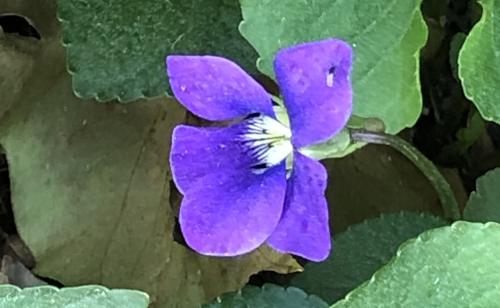
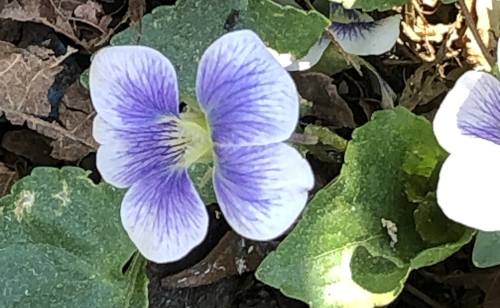
This native plant was once used medicinally to treat headaches and other ailments (violets contain an aspirin-like compound). All of the violet species have edible flowers, so pick some violets today and add them to your salad for a colorful, spring garnish! Bloom time is April through June.
— From VirginiaWildflowers.com
Images by HistoricSouthNorfolk.com
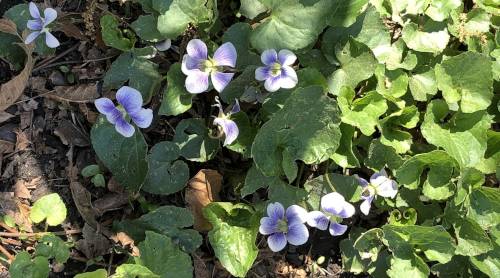
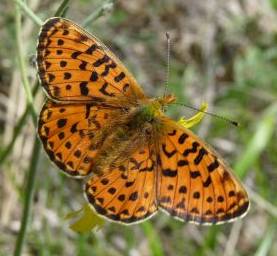
The lighter violets are also Marsh Violets, Viola palustris. According to this website, these blossoms are the primary nectar plant for the Small Pearl-Bordered Fritillary (a rare butterfly). Small Pearl-Boardered Fritillary image is a stock image.
We use an app called PlantSnap to aid in the identification of plants. Learn more about it at PlantSnap.com.
This is not an ad. We really use this app, but not too dependently because the software is buggy and the IDs are frequently wrong. Your mileage may vary. We like being able to store “snaps” and make notes.
Houttuynia cordata: The Chameleon Plant
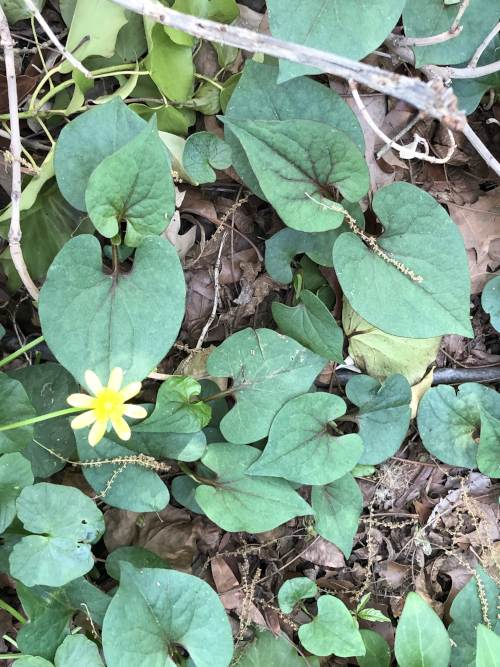
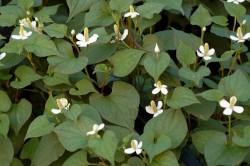
Despite being edible, medicinal, and ornamental, Houttuynia cordata is an aggressive and invasive plant that is frustrating to eradicate. Read about author Peggy Lewis’ 20-year battle with the fish mint, HERE.
From Wikipedia:
Houttuynia cordata, also known as fish mint, fish leaf, rainbow plant, chameleon plant, heart leaf, fish wort, or Chinese lizard tail, is one of two species in the genus Houttuynia (the other being H. emeiensis). It is a flowering plant native to Southeast Asia. It grows in moist, shady locations.
Houttuynia cordata has been naturalized in North America.
It is commonly grown as a leaf vegetable, and is used as a fresh herbal garnish. The leaf has an unusual taste that is often described as ‘fishy’ (earning it the nickname “fish mint”), so it is not enjoyed as universally as basil, mint, or other more commonly used herbs.
In northeastern India, it is commonly used in salads, salsas, or cooked with other vegetables, and as a garnish over side dishes. The tender roots can also be ground into chutneys along with dry meat or fish, chilies, and tamarind. It is taken raw as salad and cooked along with fish as fish curry. In Japan and Korea, its dried leaves may be used as a tea.
In Vietnamese cuisine, it is called Giấp cá, and it is used with grilled meat and noodle salad dishes. Fish mint may be used as a garnish with several Vietnamese dishes, such as gỏi cuốn stir-fried beef with fish mint salad, and bánh xèo.
Houttuynia cordata was used in traditional Chinese medicine, including by Chinese scientists in an attempt to treat SARS and various other disorders, although there is no high-quality clinical research to confirm such uses are safe or effective, as of 2018. When administered via injection, H. cordata can cause severe allergic reactions.
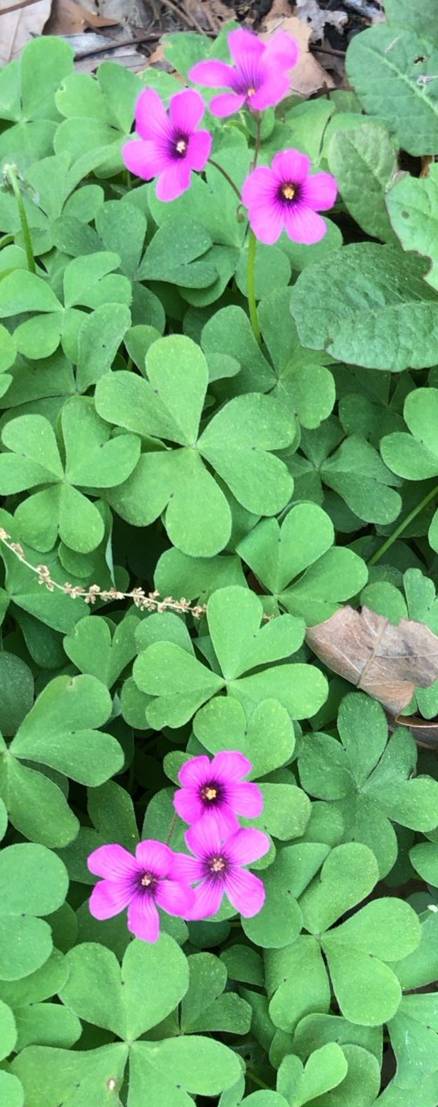
Now THIS is an ad. Your publishers work hard to keep you informed. We hope all South Norfolk businesses will consider supporting the South Norfolk Business Directory with annual subscriptions. We are always at your service. Thank you.
-suzy & dan loonam, your publishers on Seaboard
Oxalis crassipes “Rosea” –
aka Wood Sorrel
You either love this stuff or you hate it. Oxalis grows in sun or shade, is perennial, cold hearty, prolific, abundantly available and entirely edible.
From Wikipedia:
In Dr. James Duke’s Handbook of Edible Weeds, he notes that the Native American Kiowa people chewed wood sorrel to alleviate thirst on long trips, the Potawatomi cooked it with sugar to make a dessert, the Algonquin considered it an aphrodisiac, the Cherokee ate wood sorrel to alleviate mouth sores and a sore throat, and the Iroquois ate wood sorrel to help with cramps, fever and nausea.
Another source claims this plant originated in Japan. However, the source also reports that this plant is non-invasive; saying “it could not take over if it tried.”
So, therefore, if you were going to cutivate an easy-to-grow plant that is probably already partying in your yard, this is the one! Dig up the tubers and replant them in your new oxalis garden. Don’t forget to send pictures!
Got something interesting growing in your HSN backyard?
Comment below and let us know! If you need help with identification, we can help with that too! Email images to info@HistoricSouthNorfolk.com.
Be sure to watch these sites for more South Norfolk News!
SouthNorfolkBusinessDirectory.com
SNBD on Facebook
HistoricSouthNorfolk on Facebook

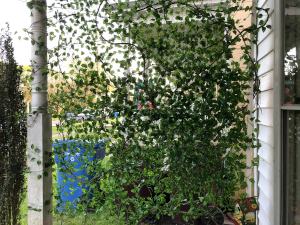







0 Comments